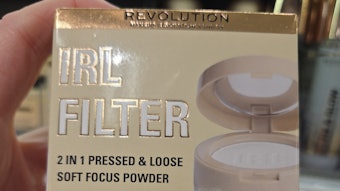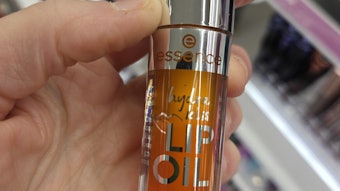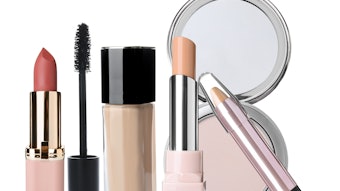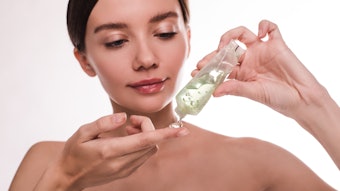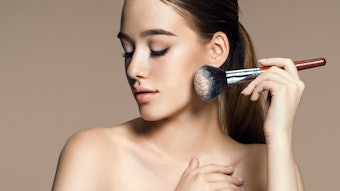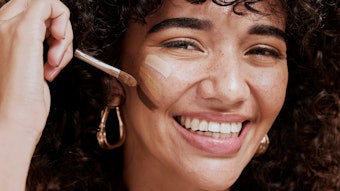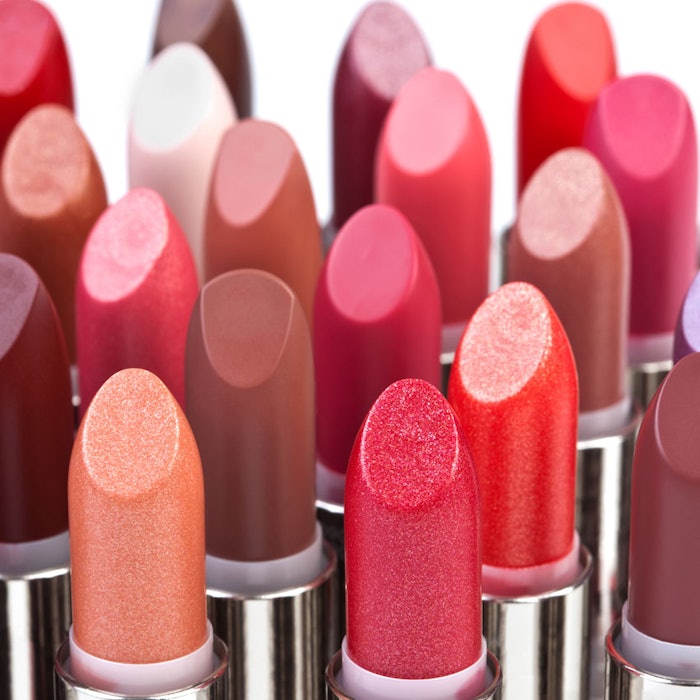
In today’s modern society, lipsticks are viewed as one of the most important fashion items. They are usually affordable, easy to use and can create dramatic changes in the look and life of the individual who wears it. Countless lipstick brands fight for "worldwide supremacy," and invention of new recipes and styles have led us to the point where over 80% of women in North America and Europe use lipstick regularly. Furthermore, more than 30% of them have 20 lipsticks in their possession in any time of their adult life.
Besides oil and pigment, waxes remain the basic component of lipstick, and formulating lipstick demands considerable experience and technical expertise from developers. After all, lipstick has to perform a difficult balancing act each day: It has to keep its hard form even in summer or hot climates, but transfer color and shine generously and smoothly to lips. Ideally, the color is long-lasting but only on lips and resistant against further transfer.
The primary stabilizing component in lipstick is wax. With a melting range of 65˚C-80˚C, it ensures that the stick remains solid until skin contact, only frictional heat should cause the melting. There are other ingredients that act as film-formers and support long-lasting effects, transfer/water resistance and gloss. But usually they do not have an influence on the sticks’ stability.
The Problem of Oil-bleeding
One of the most frequently occurring problems in stick preparations is minor oil-binding capacity, especially at elevated temperature, which leads to visible oil bleeding. When this happens, the lipstick sweats out oil and tiny droplets are formed on its surface. Usually an unbalanced oil-to-wax ratio is the reason, as are incompatibilities of the oils and waxes used. The problem can occur shortly after production but may also be delayed after longer durations of use.
There are two high-quality, natural waxes that can solve this problem. However, if the oil bleeding is caused by incompatibility, such as non-matching polarities, while the use of a wax with a high oil-binding capacity might reduce the visible signs of the problem, it will not address the underlying cause. In this case, it is better to revamp the formulation and adapt polarities.
Sunflower Seed Wax
The wax with the highest oil-binding capacity, even at low concentrations of 2-3%, is sunflower seed waxa. It also improves heat resistance. This pale-colored hull wax with a transparent melt shows exceptional properties. In addition, it is a by-product of the production of the edible oil, obtained by milling unhulled seeds.
After separation from the oil, degumming and winterization, sunflower seed wax is typically refined and contains mainly esters of C16-C24 fatty acids and C26-C32 alcohols. It has a melting point of approximately 78°C and well-balanced softness-hardness with outstanding oil-binding capacity. Used in sticks preparations, it can create stable formulations with long-lasting shine and an elegant skin feel.
Sunflower seed wax considerably improves viscosity of oleogels, pigmented pastes and w/o emulsions without crystallization, which can occur with carnauba wax. The crystallization of a wax is counterproductive to the gloss of an oleogel, which is dependent on the refractive index. Waxes with high crystallinity, e.g., beeswax and rice bran wax, also typically reduce the glossiness of a formulation.
Organic Carnauba Wax
The next-best recommended choices would be organic carnauba waxb or high-quality standard carnaubac.
Carnauba wax is a hard wax obtained from the Brazilian palm Copernicia prunifera. This species produces large amounts of wax in order to protect its leaves against dehydration. This so-called epicuticular wax and similar waxes produced by other species are mixtures of substituted long-chain aliphatic hydrocarbons containing alkanes, fatty acids, primary and secondary alcohols, diols, ketones and aldehydes.
With a steeply rising melting curve and a melting point of approximately 84˚C, highly crystalline carnauba is the hardest natural wax used in cosmetics. Due to its chemical composition, it is easy to emulsify and it hardens stick and pencil preparations while giving them gloss. By raising the melting point, it improves the temperature stability of oleogels and pastes. In melted form, it is also a dispersing aid for effect pigments, thanks to its high polarity.
With lipsticks being front and center to the human face, it's important to get their balance right not only for the perception of the product, but of the consumer.
